Publications in 2023
Featured Products
-
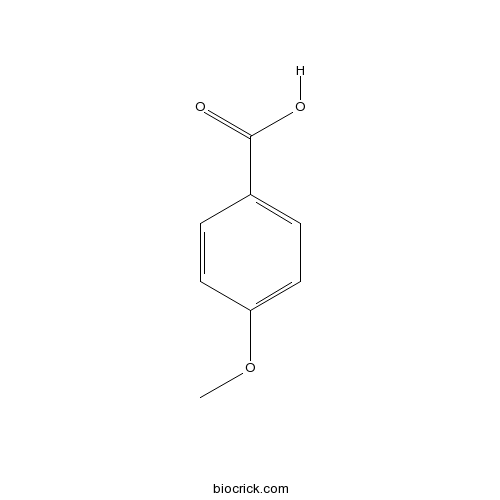
4-Methoxybenzoic acid
CAS NO.:100-09-4 Cat. No.:BCN3838 -
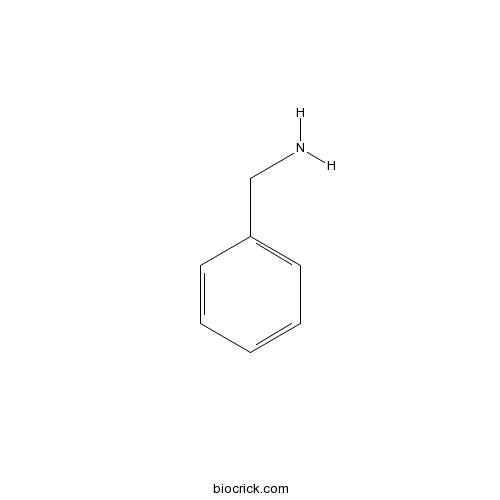
Benzylamine
CAS NO.:100-46-9 Cat. No.:BCN1789 -
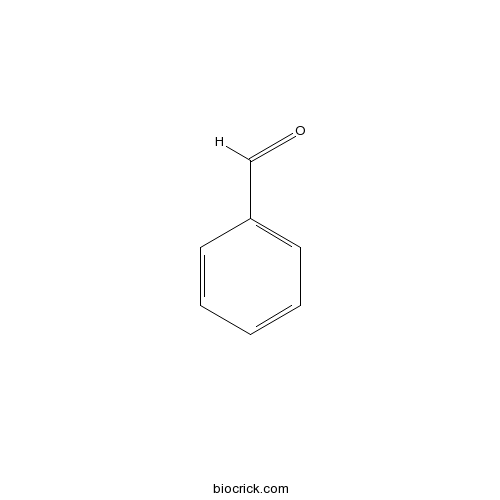
Benzaldehyde
CAS NO.:100-52-7 Cat. No.:BCN8529 -
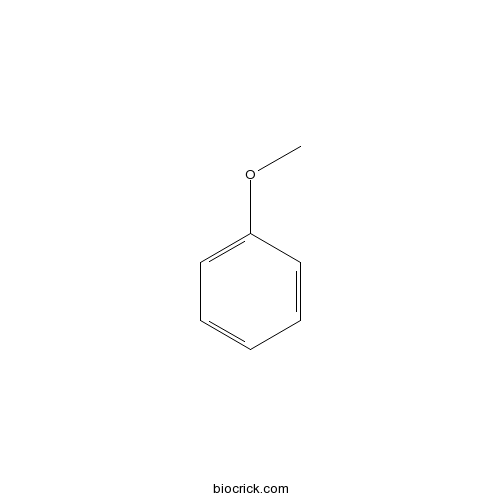
Anisole
CAS NO.:100-66-3 Cat. No.:BCN2619 -
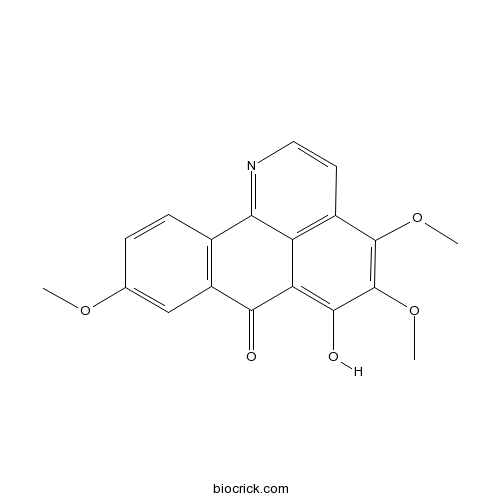
Dauriporphinoline
CAS NO.:100009-82-3 Cat. No.:BCN7901 -
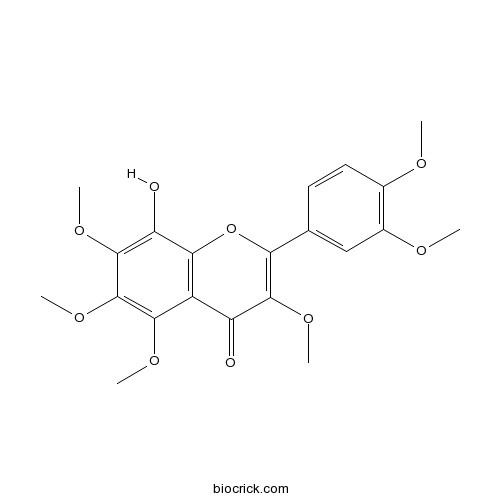
8-Hydroxy-3,5,6,7,3',4'-hexamethoxyflavone
CAS NO.:1000415-56-4 Cat. No.:BCN7870 -
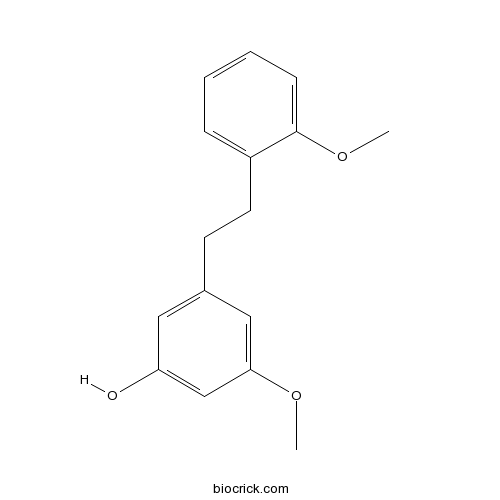
Stilbostemin N
CAS NO.:1000676-45-8 Cat. No.:BCN4741 -
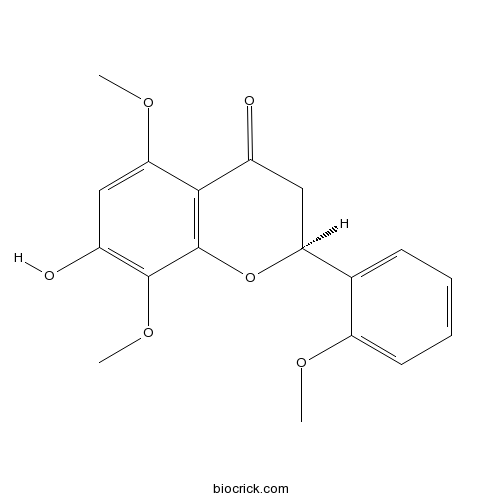
7-Hydroxy-2',5,8-trimethoxyflavanone
CAS NO.:100079-34-3 Cat. No.:BCN5817 -
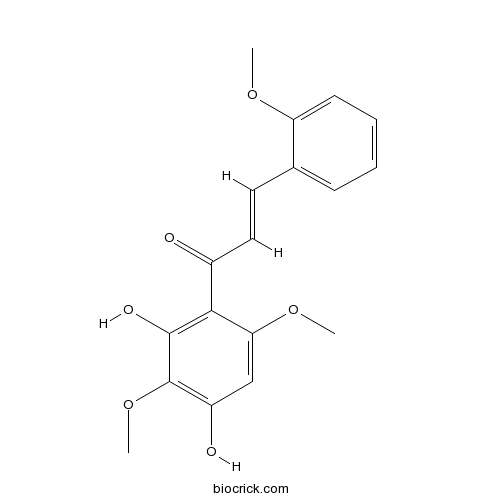
2',4'-Dihydroxy-2,3',6'-trimethoxychalcone
CAS NO.:100079-39-8 Cat. No.:BCN1643 -
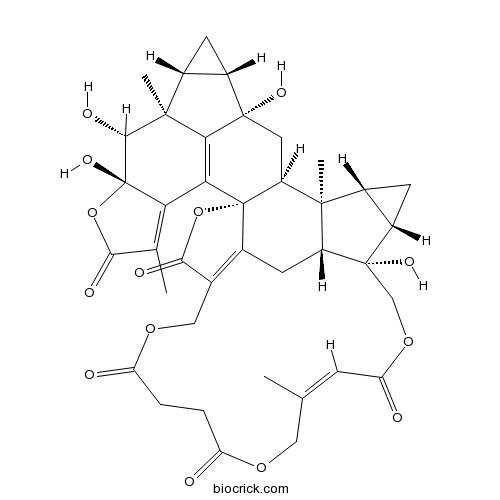
Chloramultilide B
CAS NO.:1000995-47-0 Cat. No.:BCN6613 -
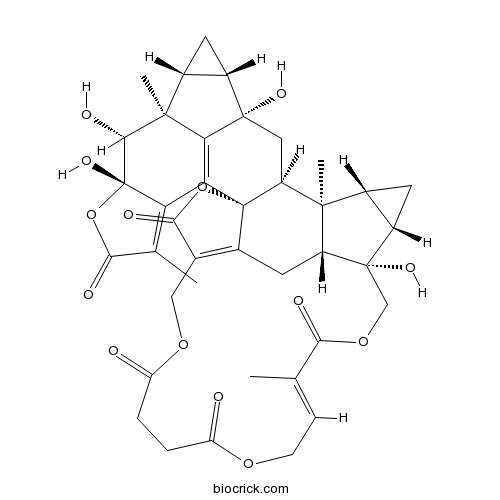
Chloramultilide C
CAS NO.:1000995-48-1 Cat. No.:BCN6618 -
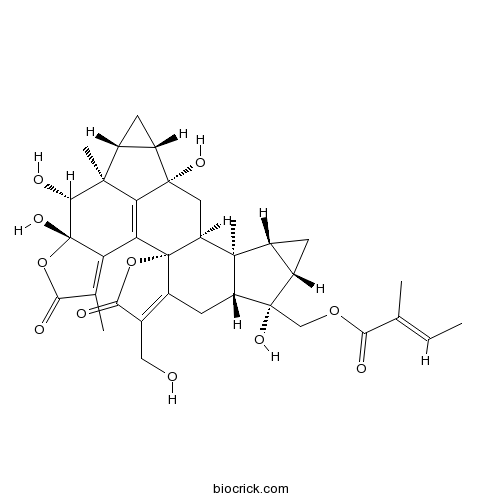
Chloramultilide D
CAS NO.:1000995-49-2 Cat. No.:BCN7102 -
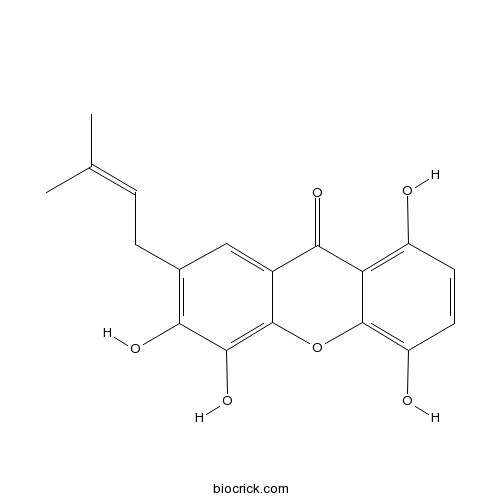
1,4,5,6-Tetrahydroxy-7-prenylxanthone
CAS NO.:1001424-68-5 Cat. No.:BCN1642 -
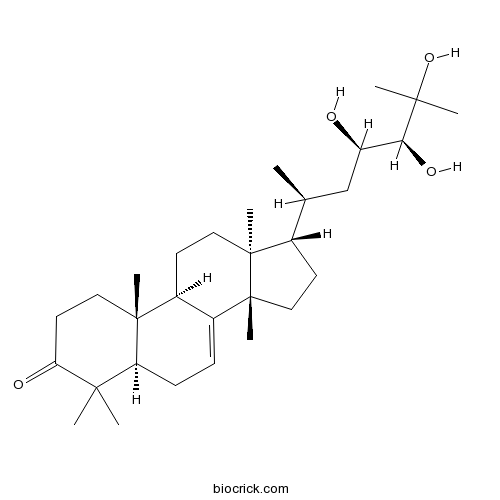
Piscidinol A
CAS NO.:100198-09-2 Cat. No.:BCN5818 -
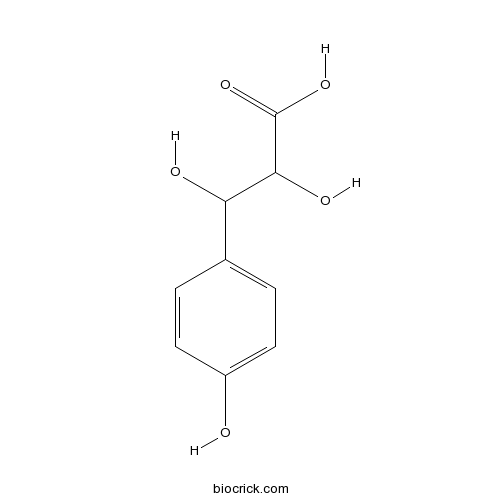
2,3-dihydroxy-3-(4-hydroxyphenyl)propanoic acid
CAS NO.:100201-57-8 Cat. No.:BCN1641 -
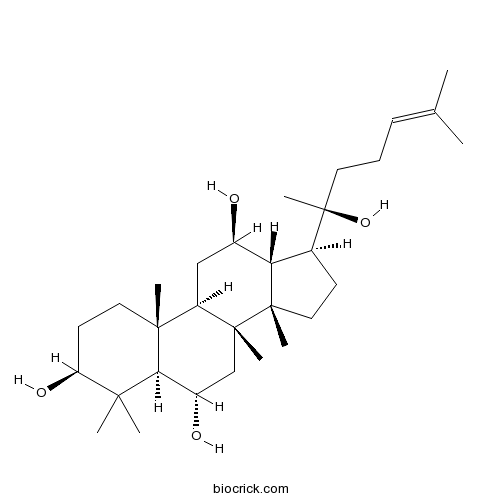
(20S)-Protopanaxatriol
34080-08-5 Triterpenoids -
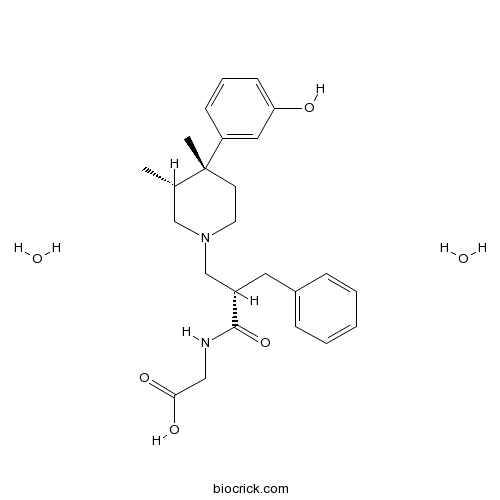
Alvimopan dihydrate
170098-38-1 μ-opioid receptor antagonist -
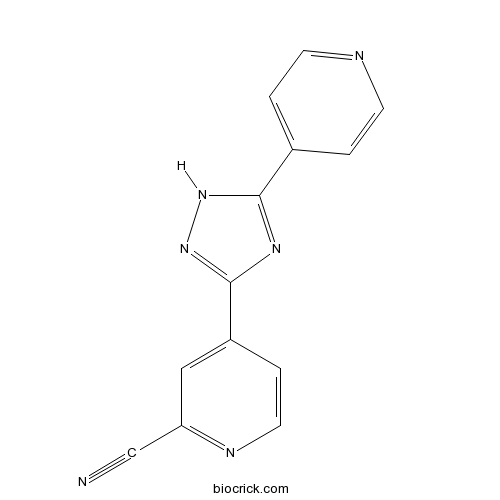
Topiroxostat
577778-58-6 Xanthine oxidoreductase (XOR) inhibitor -
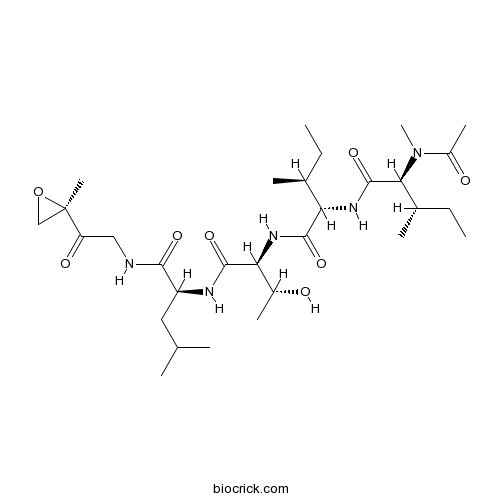
Epoxomicin
134381-21-8 Proteasome inhibitor -
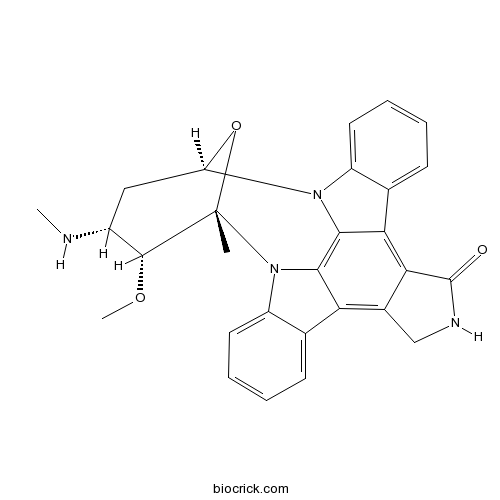
Staurosporine
62996-74-1 Protein kinase inhibitor -
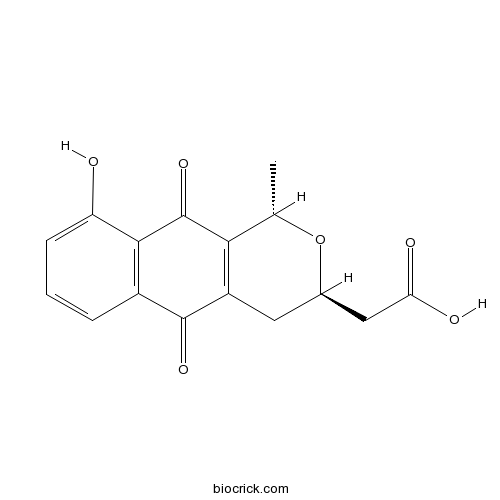
Nanaomycin A
52934-83-5 DNMT3B inhibitor -
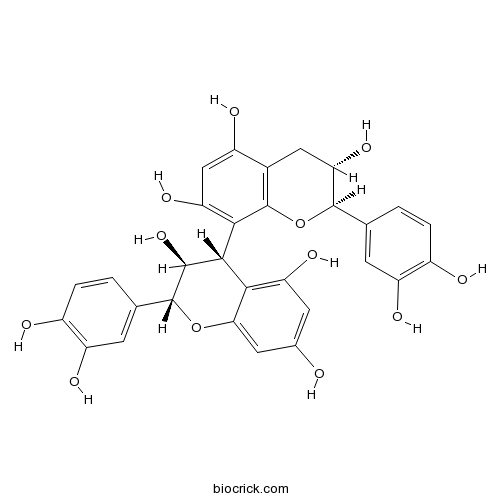
Procyanidin B3
23567-23-9 Natural Source -
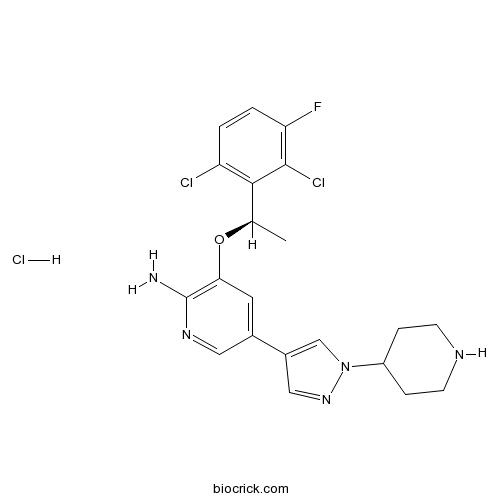
Crizotinib hydrochloride
1415560-69-8 Tyrosine Kinase -
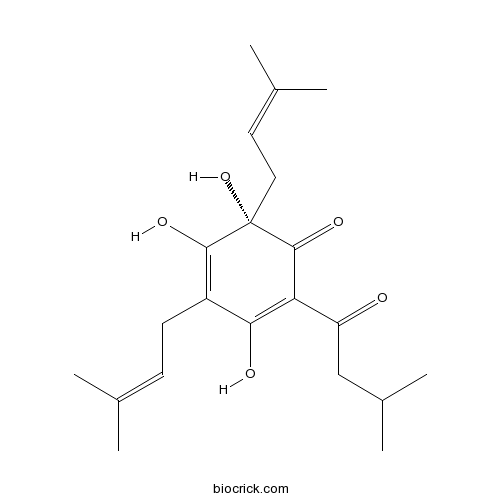
Humulone
26472-41-3 Antioxidant -
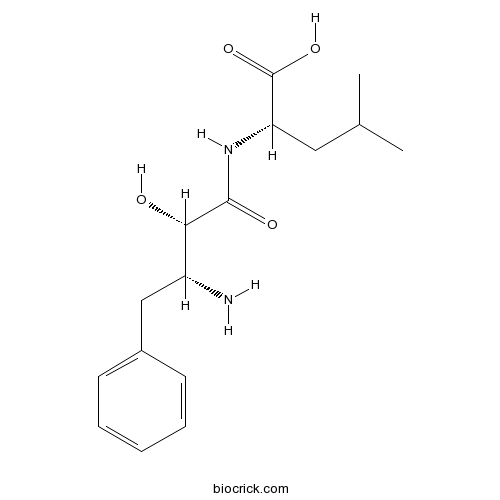
Bestatin
58970-76-6 Aminopeptidase inhibitor
New Products
-
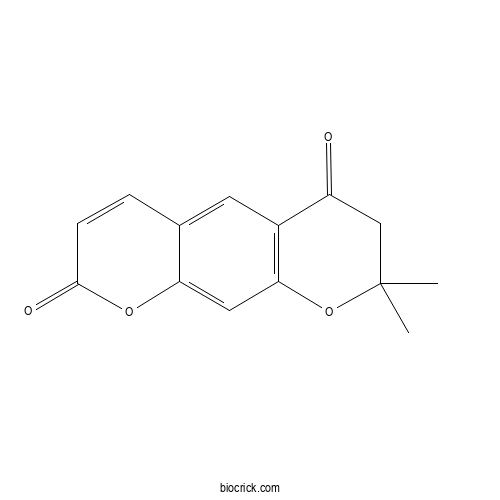
Graveolone
CAS NO.:16499-05-1 Cat. No.:BCX0604 -
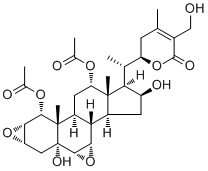
Plantagiolide B
CAS NO.:913263-85-1 Cat. No.:BCX0603 -
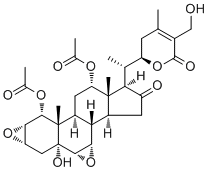
Plantagiolide A
CAS NO.:913263-83-9 Cat. No.:BCX0602 -
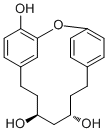
Maximowicziol A
CAS NO.:193153-41-2 Cat. No.:BCX0601 -

Taccabulin A methyl ether
CAS NO.:42924-06-1 Cat. No.:BCX0600 -

Taccabulin A
CAS NO.:1464719-37-6 Cat. No.:BCX0599 -

Senarguine A
CAS NO.:1174182-45-6 Cat. No.:BCX0598 -
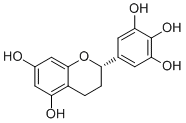
5,7,3',4',5'-Pentahydroxyflavan
CAS NO.:493-44-7 Cat. No.:BCX0597 -
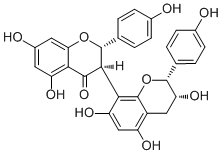
Stelleranoid B
CAS NO.:2957870-90-3 Cat. No.:BCX0596 -
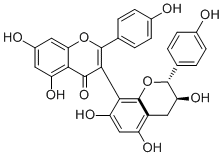
Wikstrol B
CAS NO.:160963-92-8 Cat. No.:BCX0595 -
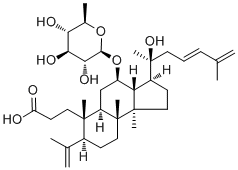
Cyclocarioside K
CAS NO.:2093058-16-1 Cat. No.:BCX0594 -
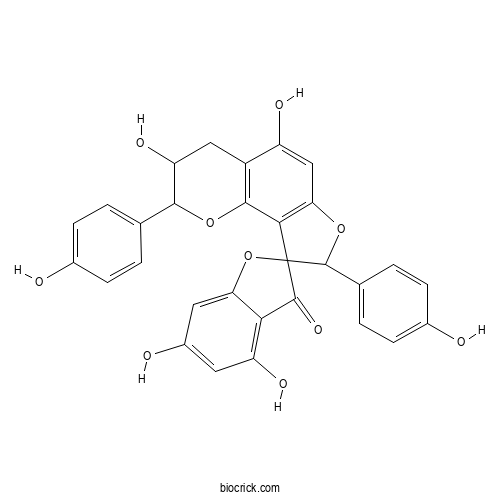
Genkwanol A
CAS NO.:111103-90-3 Cat. No.:BCX0593 -
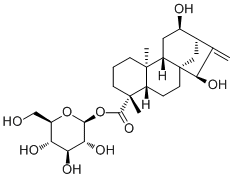
Noueloside B
CAS NO.:2172630-88-3 Cat. No.:BCX0592 -
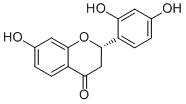
7,2',4'-Trihydroxyflavanone
CAS NO.:128837-33-2 Cat. No.:BCX0591 -
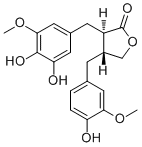
Thujaplicatin
CAS NO.:6512-66-9 Cat. No.:BCX0590
Browse by Research Area
Innovative tools for life science research
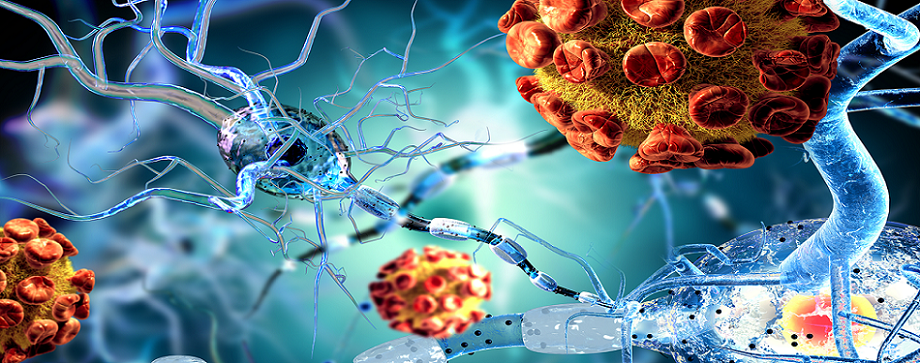
Neuroscience
Neuroscience
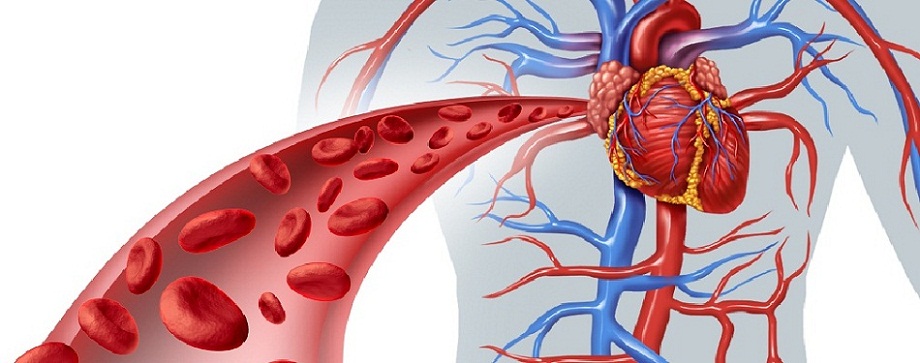
Cardiovascular
Cardiovascular
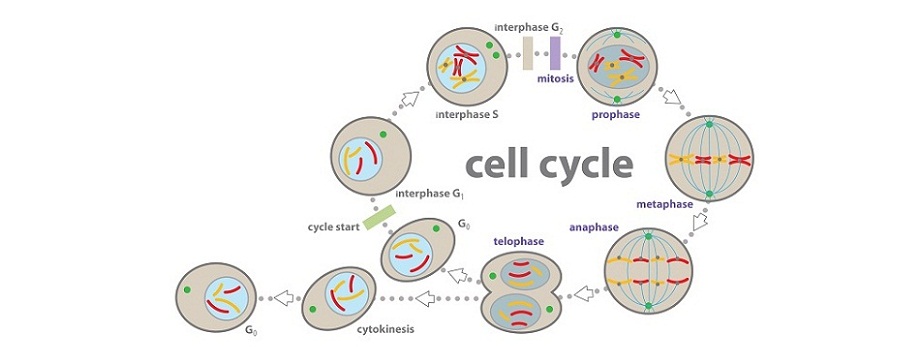
Cell Cycle
Cell Cycle
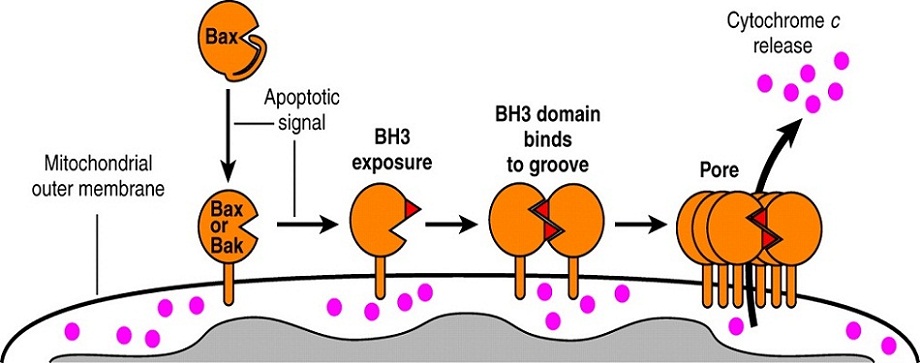
Apoptosis
Apoptosis
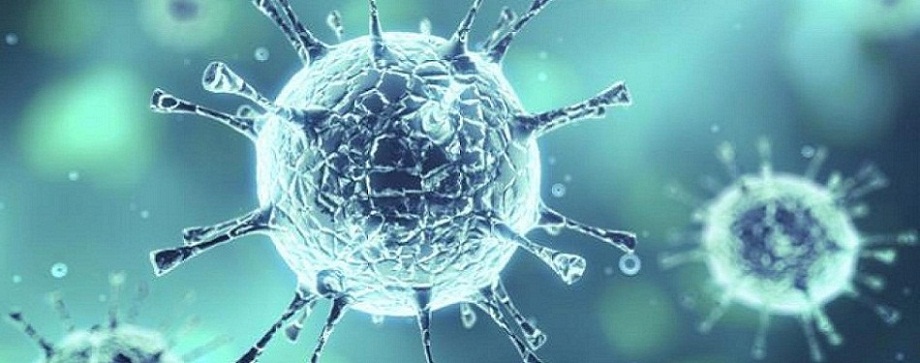
Immunology
Immunology
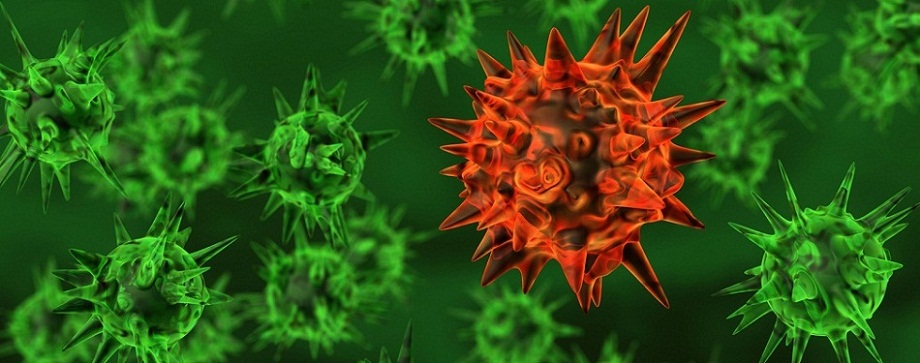
microbiology and virology
Microbiology and Virology
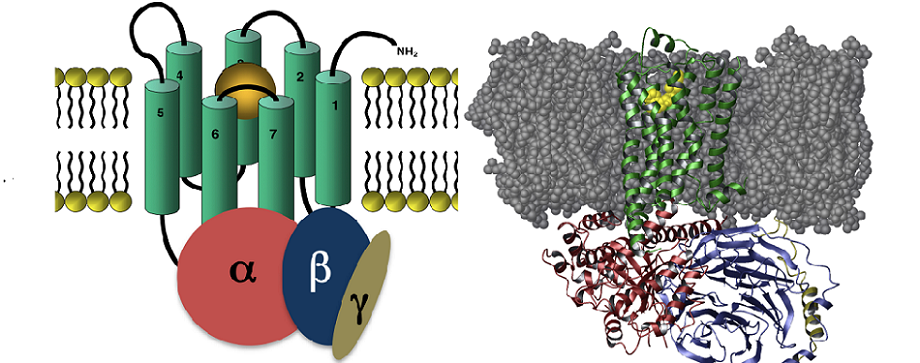
GPCR/G protein
GPCR/G protein
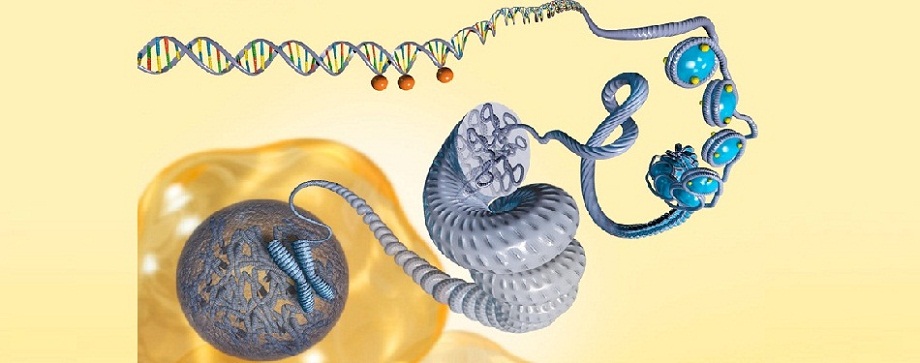
Epigenetics
Epigenetics
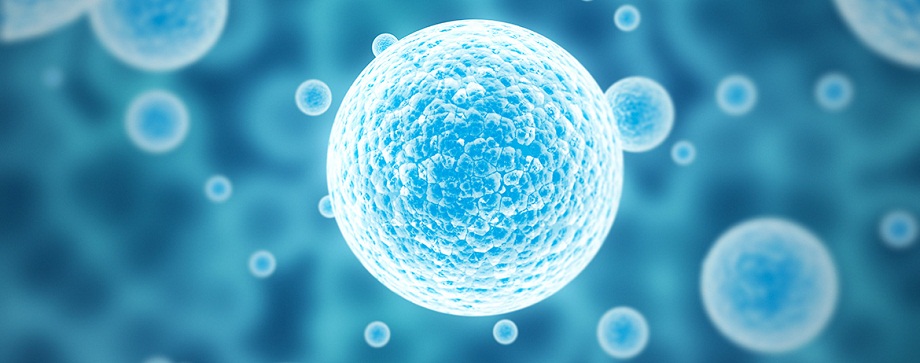
Stem Cells
Stem Cells
Our Expertise
We make all our products from start to finish, so we know every last detail about
each one.
Plus, we test every single product in a variety of applications as standard, refusing
to sell any products without high quality.
Access our expertise and technical support from anywhere in the world, 24 hours
a day – kindly please contact us if you need.
- Data available on request.
- 24 hours technical support.
Our Guarantee
We cover all our products with our hassle-free, full money-back refund – we don’t
think you’ll need to use it, but it’s there just in case.
Our guarantee gives you the confidence to put our products to the test in a risk-free
environment.
Application is not listed on our datasheet will still be covered by our guarantee.
- All your money back, (including shipping costs).
- Cash, credit.
Plant extracts used by indigenous people may hold promise for the treatment of ataxia
A University of California, Irvine-led research team has discovered that extracts from plants used by Kwakwaka'wakw First Nations people in their traditional botanical medicine practices are able to rescue the function of ion channel proteins carrying mutations that cause human episodic ataxia. The study, "Native American ataxia medicines rescue ataxia-linked mutant potassium channel activity via binding to the voltage sensing domain," was published in Nature Communications in June. "Episodic Ataxia 1 (EA1) is a movement disorder caused by inherited mutations in the human KCNA1 gene, which encodes Kv1.1, a voltage-gated potassium channel essential for normal function of the human ne ……view more
Progress in jasmonic acid regulation of plant growth, development and stress in plants
During the growth and development of plants, they inevitably encounter various environmental stresses. To better adapt to these changes, plants modulate their growth and stress-related signaling networks through phytohormones. Jasmonates, a group of compounds including jasmonic acid and its derivatives, collectively referred to as JAs, play a significant role. JAs induce stomatal opening, suppress the synthesis of ribulose-1,5-bisphosphate carboxylase (rubisco), and affect the absorption of nitrogen, phosphorus, and the transport of organic compounds like glucose, among other physiological effects. Furthermore, JA often collaborates with other plant hormones, interacting with signaling netwo ……view more



















